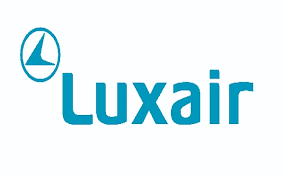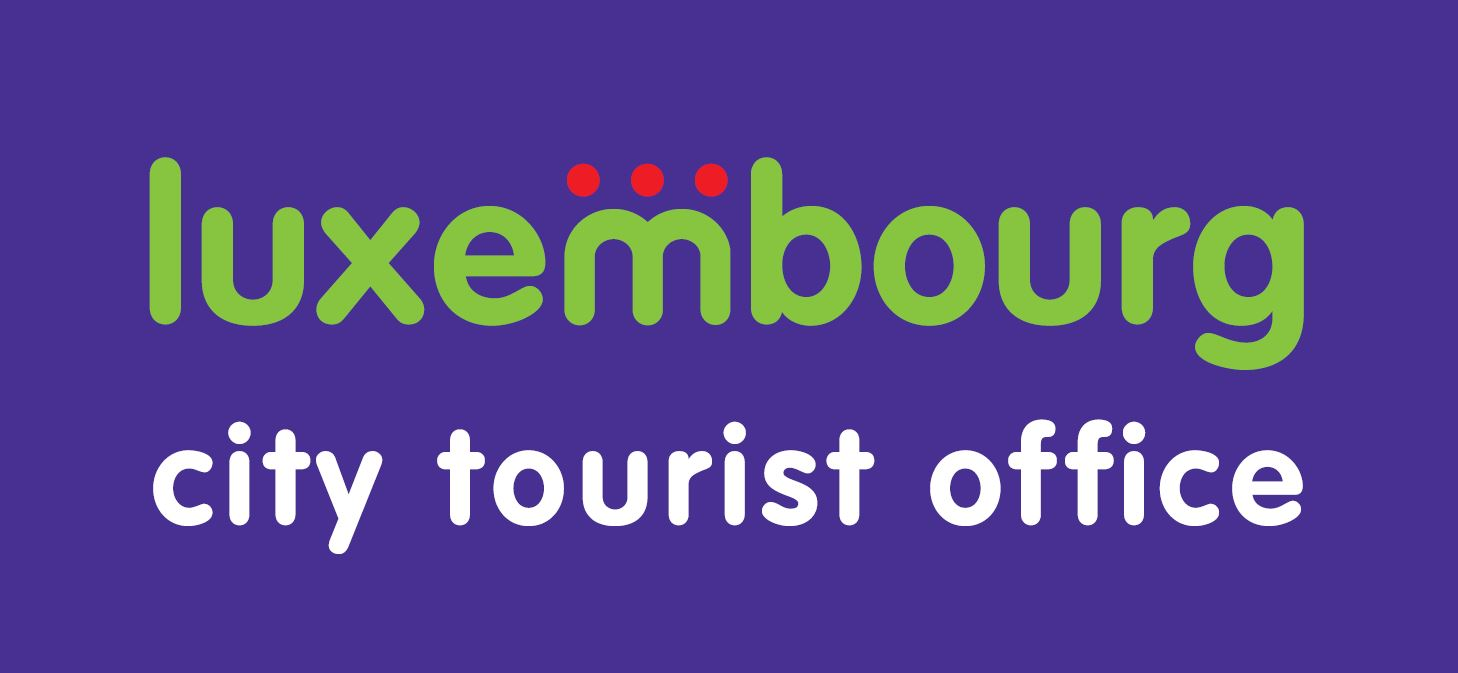Luxembourg
Luxembourg Shines with Christmas Magic and Cozy Festive Markets
Luxembourg City, often thought of as calm and orderly, comes alive in December with festive cheer and twinkling lights that warm the winter air. The annual Winterlights Festival turns the capital into a glowing celebration spread across the city’s streets and squares, where tastefully decorated Christmas markets and friendly stalls offer local crafts, seasonal foods, and lively holiday spirit without the crowds found in bigger European capitals.
Visitors strolling through markets at Place d’Armes, Place de la Constitution, and Place de Paris will find traditional seasonal treats like Luxembourger specialties, mulled wine, roasted chestnuts, and Gromperekichelcher potato cakes, all enjoyed with warm drinks by outdoor heaters that add to the cozy atmosphere.
Unlike larger Christmas fairs, Luxembourg’s festive scene is thoughtfully spread out across multiple areas, making it easy to wander between illuminated chalets and enjoy panoramic views of the city without feeling rushed. The free public transport in the capital also helps guests hop between different market zones at their own pace.
Beyond food and gifts, the Winterlights Festival includes activities like ice-skating, live music, cultural exhibitions, and light displays that bring families and friends together in a relaxed and joyful celebration of the season.
For those seeking a festive European getaway with charm, tradition, and space to enjoy the season’s simple pleasures, Luxembourg’s Christmas markets offer a magical and welcoming experience that invites visitors to slow down and savor the season.
Join Luxembourg Expats, the #1 homegrown community for expats in Luxembourg. Connect with people and businesses locally - discover expats focused local services, buy and sell items, find housing and apartment rentals and buys, events, discounts and meet people to make friends - all in one expats companion app in Luxembourg.
Sign up free at luxembourgexpats.lu and become part of Luxembourg’s trusted expats network.






























